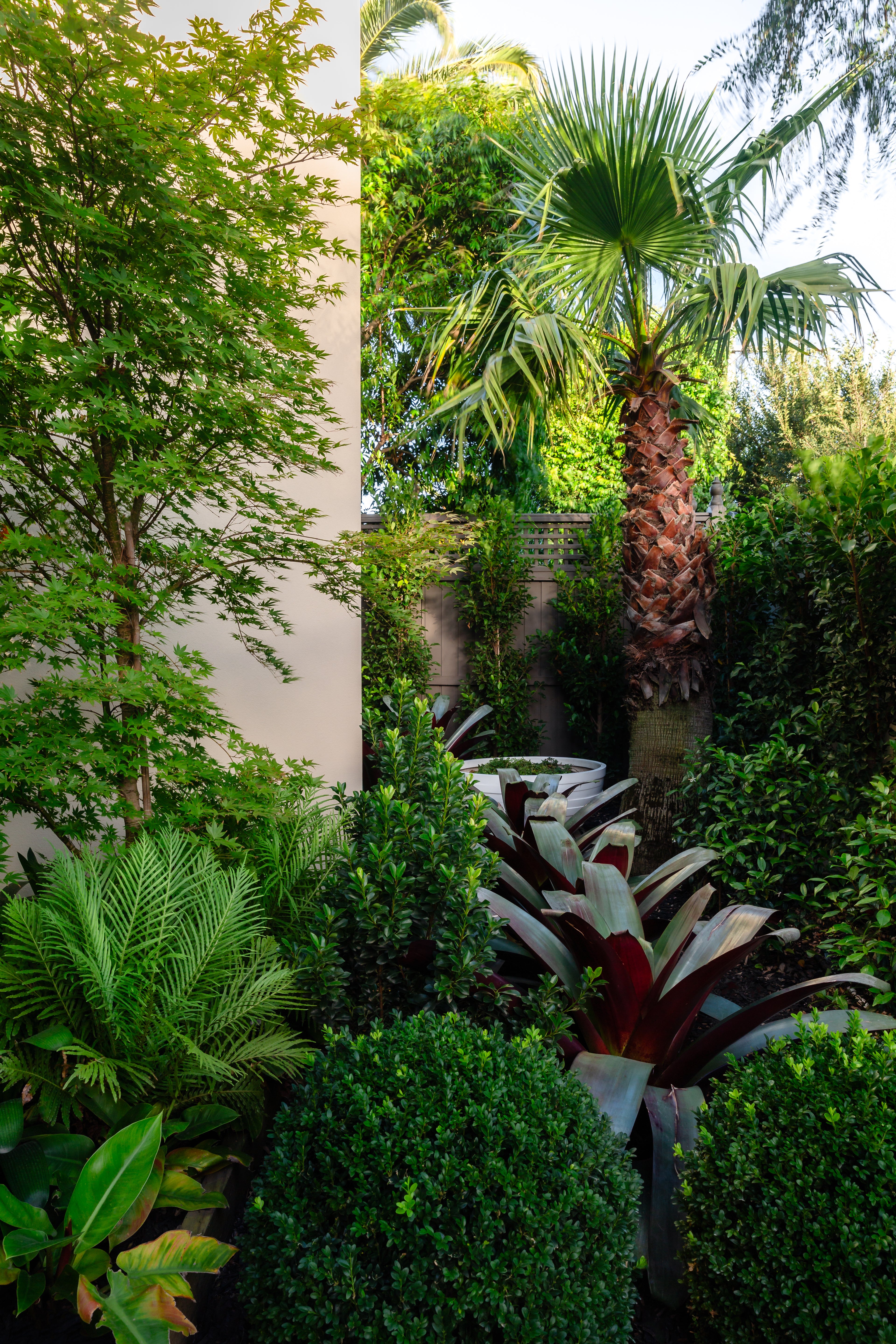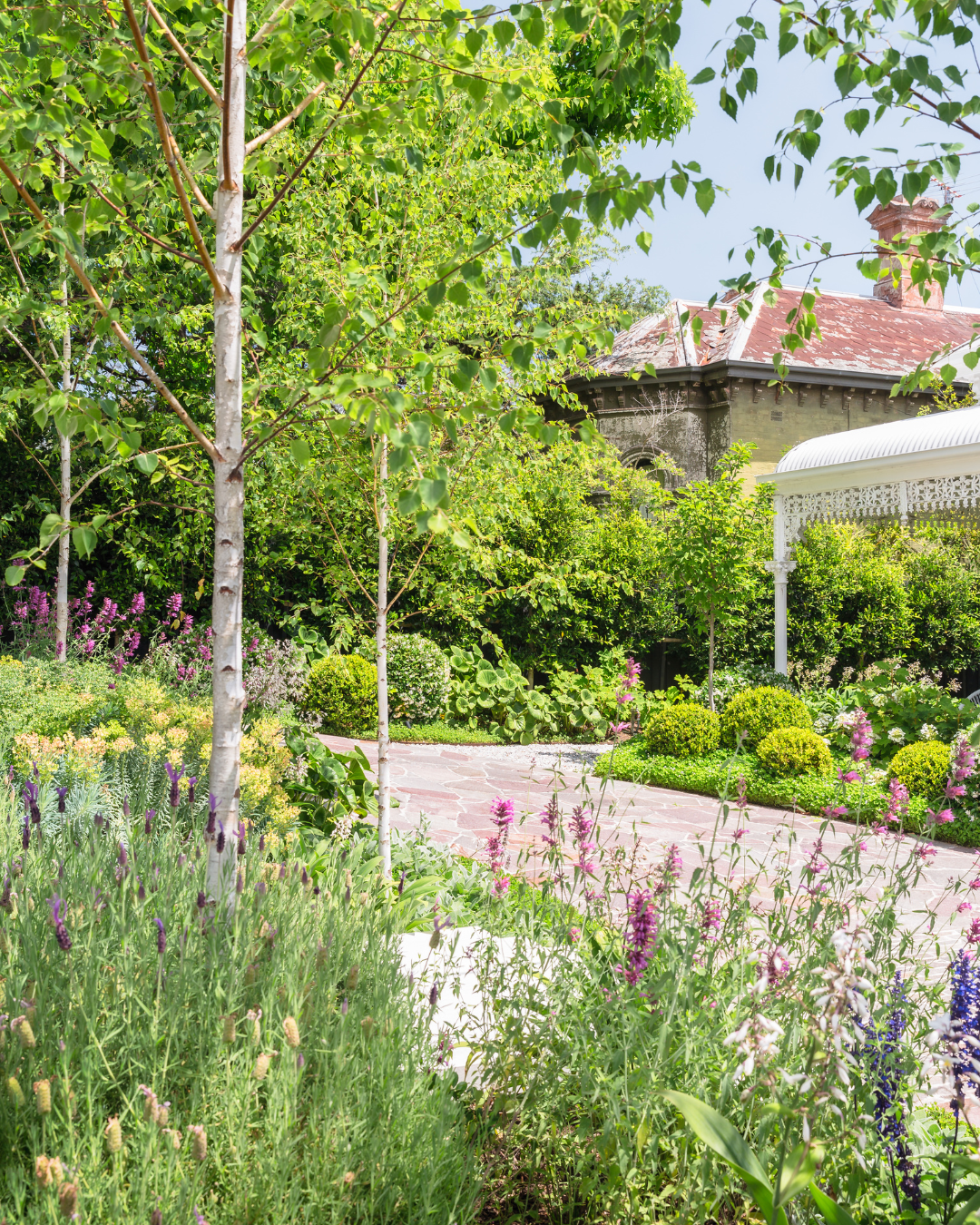Coastal gardens require careful planning due to high wind exposure, salt-laden air, and sandy or poor soils. These conditions can limit plant choice and impact long-term performance if the right species aren’t selected.
When planting in coastal areas, trees must be salt-tolerant, wind-resistant, and suited to free-draining soils. They should also offer structural value and require minimal maintenance.
At Evergreen Trees Direct, we supply trees across Australia. Many of our coastal recommendations are based on experience with exposed sites along the Mornington Peninsula and other bayside regions, where growing conditions are challenging.
What to Consider in Coastal Environments
1. Salt exposure
Sea spray can damage leaf tissue and weaken non-salt-tolerant species. Always opt for trees proven to thrive in saline conditions.
2. Wind
Coastal areas are often exposed to strong, drying winds. Trees need to be either tough enough to withstand it, or pruned in a way that controls exposure.
3. Sandy or poor soils
Many coastal gardens sit on sandy, free-draining soils. While this is excellent for drainage, it requires species that can thrive with less water and fewer nutrients — or proper soil conditioning before planting.
4. Sun exposure
Open, coastal sites are typically full sun environments. Most coastal species love this, but it’s still important to pair the right tree with the right location in the garden (especially in establishing years).
Coastal-Tolerant Trees We Supply & Recommend
Here are some of our go-to species for proven performance in coastal landscapes:
Hedging + Screening Trees
-
Laurus nobilis ‘Miles Choice’ — Dense, fast-growing, salt-tolerant, and responds well to clipping.
-
Syzygium australe (Resilience) — Good in coastal wind, tight growth habit, and responds well to pruning.
-
Elaeagnus ebbingei — Tough, silvery-green foliage, highly salt-tolerant, low maintenance.

Canopy + Shade Trees
-
Olea europaea (Olive tree) — Excellent coastal performer; available in single trunk or topiarised form.
-
Eucalyptus caesia ‘Silver Princess’ – Graceful, weeping gum with silver-white bark. Performs well in sandy soils and open, coastal conditions.
-
Tristaniopsis laurina 'Luscious' — Handles coastal exposure and works well in formal or naturalistic settings.

Feature or Focal Trees
-
Schinus molle – A fast-growing evergreen with soft, weeping foliage. Offers movement, texture, and excellent tolerance to coastal conditions. Works well as a loose feature tree or to soften hard structures.
-
Banksia integrifolia — Native coastal icon, loved by wildlife, withstands salt and wind.
-
Agonis flexuosa — Weeping habit, great for movement and softness against hard coastal architecture.

Watering & Maintenance Tips for Coastal Planting
-
Initial establishment is critical. Even hardy trees need deep watering 1–2 times per week for the first season.
-
Mulch to retain moisture and protect roots from heat and wind.
-
Consider slow-release fertiliser to help support growth in sandy or low-nutrient soil.
-
Prune regularly to maintain shape and encourage density (especially for hedging).
Case Study: Coastal Garden, Mornington Peninsula
A recent project on Victoria’s Mornington Peninsula is a strong example of coastal planting done right. The site faced constant exposure to salt air, strong winds, and sandy soils — common challenges across the region.
The tree palette was selected for structural performance, tolerance, and visual clarity:
-
Laurus nobilis ‘Miles Choice’ — used as clipped screening along the property boundary
-
Topiarised Olea europaea — positioned at key entry points to anchor the space
-
Rosmarinus officinalis — mass planted for low groundcover, erosion control, and textural contrast
Three years on, the landscape has retained its form and function with minimal intervention — a testament to the importance of species selection on exposed coastal sites.



Final Thought
The key to a successful coastal garden is planning. Choose trees that are proven to perform in exposed conditions — not just survive, but thrive. With the right species and considered placement, coastal gardens can become some of the most rewarding outdoor spaces to live in.
Need help choosing the right trees for your site? Reach out — we work with landscapes from Portsea to Fremantle and know what works where.










